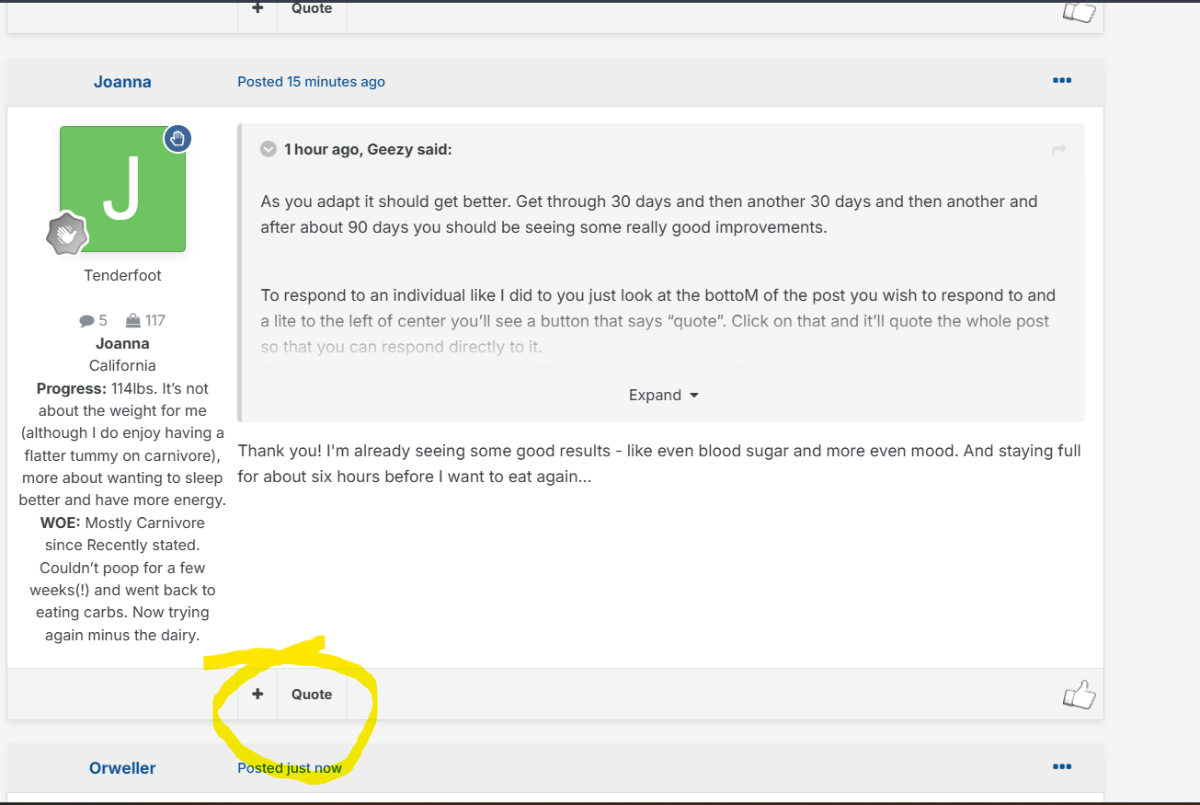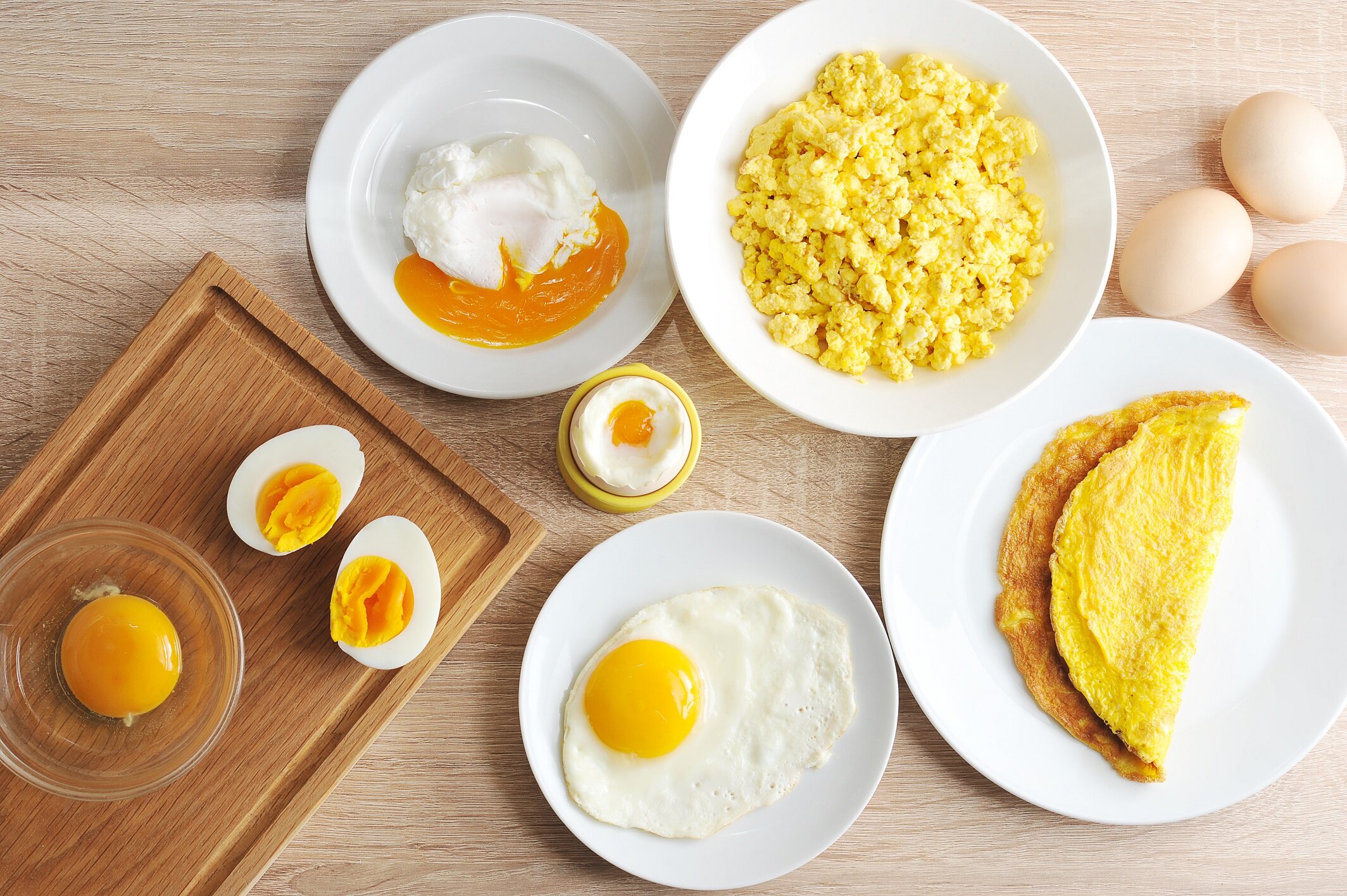Welcome to our Carnivore / Ketovore / Keto Online Community!
Welcome to Carnivore Talk! An online community of people who have discovered the benefits of an carnviore-centric ketogenic diet with the goal of losing weight, optimizing their health, and supporting and encouraging one another. We warmly welcome you! [Read More]
- Replies 3
- Views 559
- Created
- Last Reply
Popular Days
Most Popular Posts
-
A lady came in the store today and bought a bag of oats. I asked, Gonna make cookies? She said No, gonna put it in my smoothie. And she had all the confidence she was doing the right thing. I've never
-
Thanks for the info Brother. Alot of people just don't realize the consequences of this junk.
-
I'm glad I've sworn off grains. Those statistics comparing the USA to the EU were pretty shocking. No wonder why we rank so low in health and nutrition and so high in chronic disease.









comment_12842The most-used herbicide on Earth just flunked a major safety test
Glyphosate, the active ingredient in Roundup, has been sprayed on food crops for decades. It’s used not only to kill weeds—but also to dry out wheat, oats, lentils, and chickpeas right before harvest, a practice called desiccation, which is illegal outside of the US.
This makes our breads and grains uniquely toxic, turning glyphosate into a debate almost as hot as seed oils.
New safety data this month has shocked the world, causing the EU to reevaluate it's already strict guidelines. Let's explore.
Even EU levels are unsafe
In June 2025, scientists from the Ramazzini Institute published the Global Glyphosate Study in Environmental Health. It was a two-year rat trial designed to mimic real-world exposure—specifically at the EU’s “safe” level of 0.5 mg/kg body weight per day.
What they found:
• Significant increases in leukemia and non-Hodgkin's lymphoma
• Tumors in the thyroid and liver
• Effects appeared even at the lowest dose tested—which mirrors the EU legal limit
How does the U.S. compare to the EU on glyphosate?
1. "Safe" Daily Limit:
• EU: 0.5 mg/kg body weight (EFSA)
• U.S.: 1.75 mg/kg body weight (EPA)
2. Food Testing:
• EU: Only ~1.7% of foods tested show glyphosate (EFSA Pesticide Residue Report)
• U.S.: No federal testing; independent labs show widespread contamination
3. Cereal Contamination:
• EU: Mostly non-detectable or under 100 ppb
• U.S.: Up to 2,837 ppb in Quaker Oatmeal Squares (EWG, 2018); up to 500 ppb in 2023 retest (EWG, 2023)
4. Bread Products:
• EU: Glyphosate rarely detected
• U.S.: Up to 1,150 ppb in whole wheat bread (Detox Project, 2020)
ppb = parts per billion. These levels are technically legal—but they raise serious questions in light of the Ramazzini findings.
Why oats and wheat get hit the hardest
It’s not just about what’s grown. It’s how it’s harvested.
In cooler or wetter regions, farmers spray glyphosate 3–5 days before harvest to dry the crop evenly. This isn’t for weeds—it’s for convenience. And it leaves the chemical sitting right on the grain.
High-risk foods:
• Conventional oats
• Wheat bread and crackers
• Lentils, chickpeas, and hummus
• Granola bars and "healthy" cereals
This practice, called pre-harvest desiccation, is banned or restricted in several countries. In the U.S., it’s business as usual.
Can you lower your glyphosate levels?
Yes. Fast.
The Organic for All Study tracked four families across four U.S. cities who switched to an all-organic diet.
After just six days, their urinary glyphosate levels dropped by 70 percent.
This wasn’t a detox protocol. It was just a grocery list.
What you can do right now
The best thing you can do is just eat meat. As a carnivore glyphosates are not an issue but for those who prefer more of a keto styled diet it’s best if you follow these guidelines.
• Buy organic—especially for oats, wheat, lentils, and chickpeas.
• Look for “glyphosate-free” certified products.
• Swap in safer carbs. Rice, corn, potatoes, and sweet potatoes are never desiccated.
• Support regenerative farms that avoid chemical harvest sprays. Look for “no spray” claims on-pack.
• Question “healthy” snacks. If it’s made with conventional oats or wheat, assume glyphosate unless proven otherwise.